I need to use a UIPopOverController for my iPhone app ,i searched stackoverflow someone said UIPopoverController does not run on iphone iphone device WHY?.when i run on iphone device
i got this error reason: '-[UIPopoverController initWithContentViewController:]
called when not running under UIUserInterfaceIdiomPad.'
-(void)btnSetRemainderTapped:(UIButton *)button
{
setReminderView =[[SetRemainderView alloc]initWithNibName:@"SetRemainderView" bundle:[NSBundle mainBundle]];
setReminderView.contentSizeForViewInPopover = CGSizeMake(setReminderView.view.frame.size.width, setReminderView.view.frame.size.height);
setReminderView.delegate = self;
popOverController = [[UIPopoverController alloc]
initWithContentViewController:setReminderView] ;
CGRect rect = CGRectMake(self.view.frame.size.width/2, self.view.frame.size.height/2, 1, 1);
[popOverController presentPopoverFromRect:rect
inView:self.view
permittedArrowDirections:UIPopoverArrowDirectionAny
animated:YES];
}
can any one help me?

